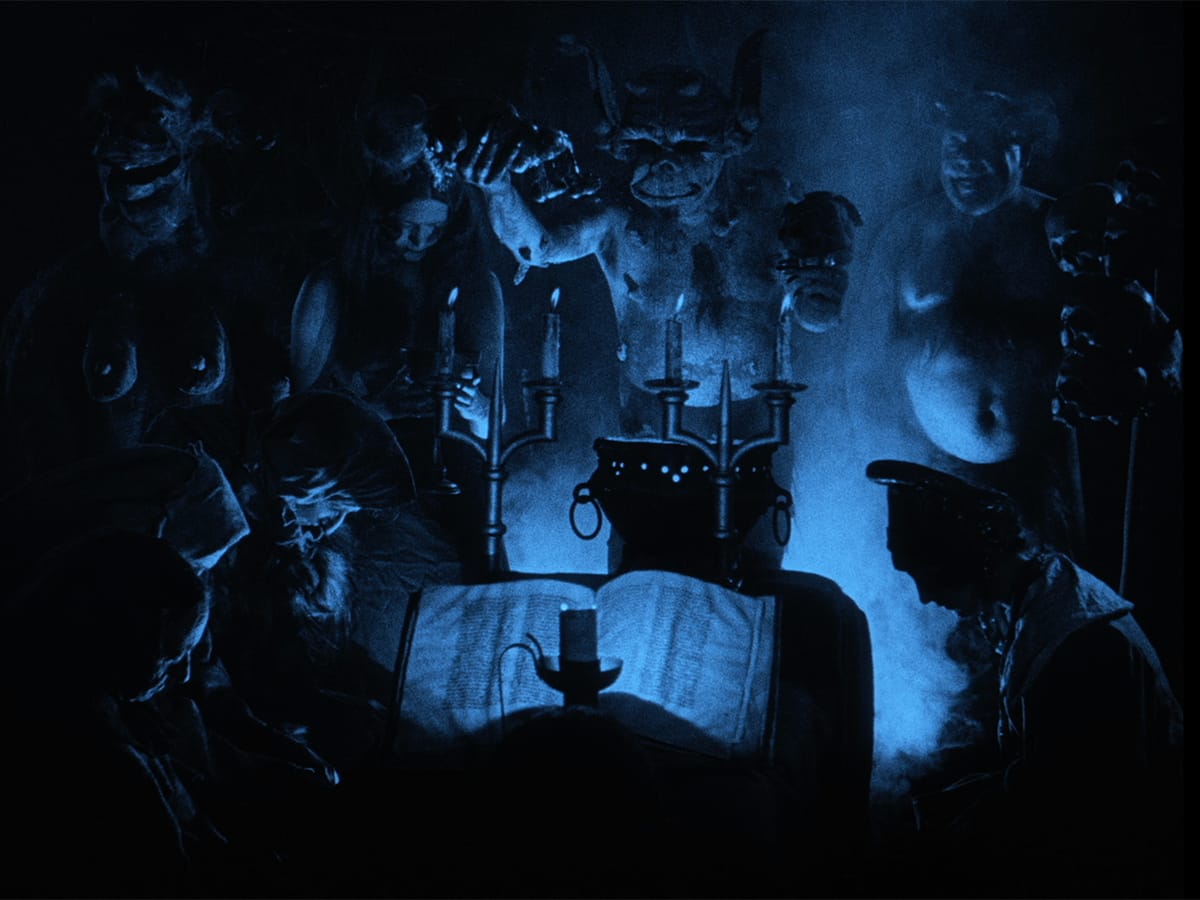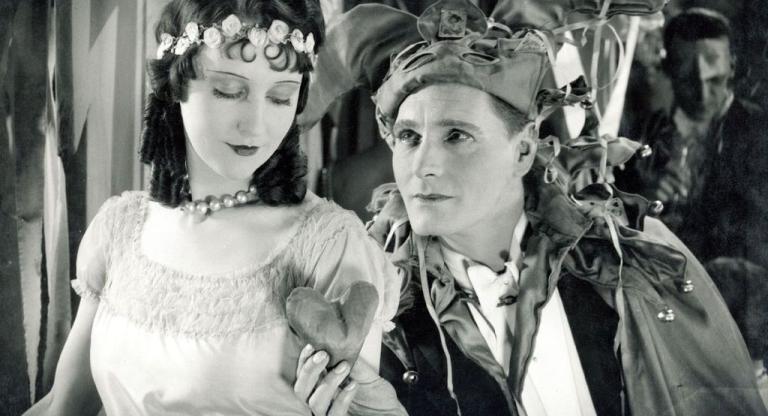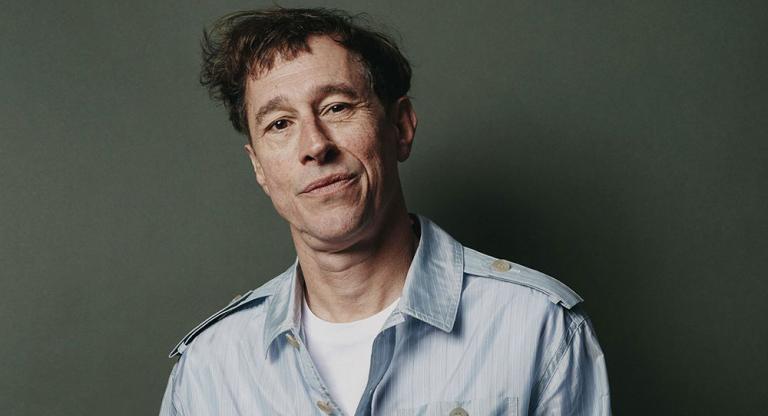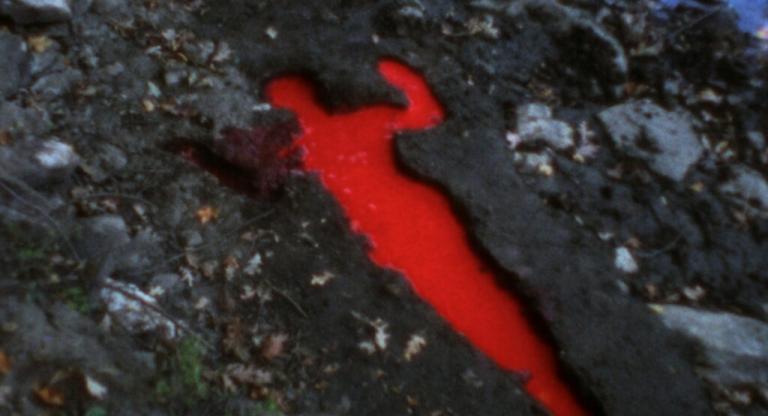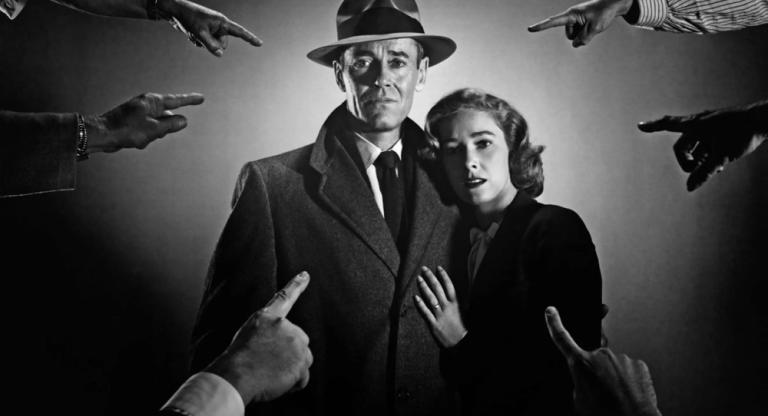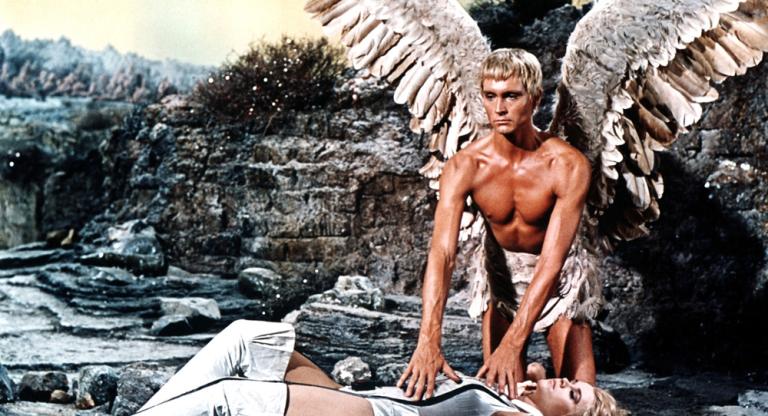Why are filmmakers with backgrounds in medicine drawn to make films about witchcraft? Are their consciences guilty from studying a profession that benefited so much from centuries-old moral panics against healers, midwives, and other vulnerable outgroups? Decades before former medical student Lucio Fulci released The Beyond (1981) or doctor-turned-director George Miller made The Witches of Eastwick (1987), Benjamin Christensen spent years researching and creating a six-reel investigation into the occult: Häxan (1922). Perhaps it was his early studies at the University of Copenhagen’s Faculty of Medicine that inspired Christensen to structure the film like a scientific documentary meant to prove his thesis that medieval notions of witchcraft were actually misinterpretations of conditions better understood by twentieth century secularists than by the “witchfinders” of yore.
Christensen used the most advanced special effects available in 1922 and hired both actors and non-actors to enact vivid hallucinations—demonic visitations, child sacrifice, diabolic potion-brewing, nocturnal orgies—described in historic tomes like the Malleus Maleficarum, ensuring his film’s status as a foundational text of folk horror. The film was heavily censored and protested upon release. According to composer Matti Bye, who will be leading a four-piece ensemble in performing his Häxan score on April 12 as part of this year’s edition of the San Francisco Silent Film Festival, the film “still is a bit provocative” and is not always welcome at venues he has proposed presenting it at since he recorded a score for a 2007 Swedish Film Institute DVD set. Häxan uses models, paintings, woodcuts, animation, a “mechanical altar of Hell,” and live-action sequences led by Christensen himself in full costume as Satan. Bye’s somber melodies, eerie textures, and modulated dynamics wrap these disparate elements into a cloak of intense focus, creating nothing short of a cinematic séance.
Bye takes a very different approach compared to previous audio accompaniments for Häxan, particularly the sardonic William Burroughs voice-over and jokey, jaunty jazz setting prepared for Antony Balch’s 1968 re-release. The solemn resplendence of Bye’s accompaniment is appropriate for a 2024 audience ready to be reminded that the destruction encouraged by the inquisitional incunabula that inspired the film was the terrible byproduct of a new technology: the Gutenberg Press. The Malleus Maleficarum was at one time Europe’s most widely-printed volume, next to the Bible, and was used as a manual to spread witchcraft-hunts to places previously untouched by such persecution. If a film made with then-nascent technology can help us bear witness to legacies of misinformation a century later, might we hope to better understand how to reverse technology’s role in modern-day moral panics?
Häxan screens on Friday, April 12, at the Palace of Fine Arts Theatre as part of the San Francisco Silent Film Festival. Live music by the Matti Bye Ensemble will accompany the screening.
